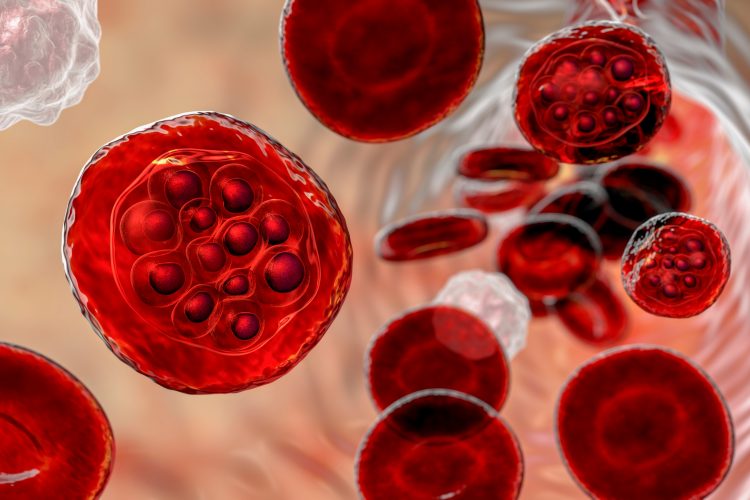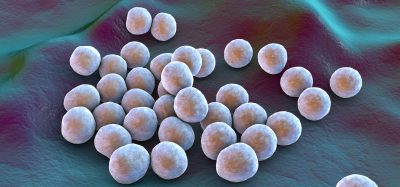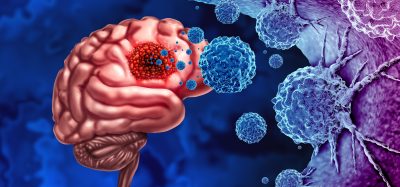Development of a new and promising antimalarial agent
Posted: 25 July 2024 | Drug Target Review | No comments yet
The new agent, DIF-1(+3), proved to be as effective against drug-resistant malaria as it was against susceptible strains.


Researchers at Juntendo University have developed a new promising antimalarial agent, DIF-1(+3), which proved to be as effective against drug-resistant malaria as it was against susceptible strains.
Malaria is a prevalent global health issue, particularly in Africa which accounts for over 90 percent of the world’s malaria cases. Caused by protozoan parasites in the Plasmodium genus, the disease was responsible for 619,000 deaths worldwide in 2021.
Currently, the first line of treatment against malaria is artemisinin combination therapy (ACT) and the administration of artemisinin derivatives in combination with other drugs. After the introduction of ACTs in Africa, the number of malaria-related deaths drastically declined in the mid-2000s. Despite this, Plasmodium falciparum, the most virulent malaria parasite, is resistant to ACT and has been spreading across Asia and some African countries, highlighting the need for novel antimalarial agents that are effective against drug-resistant parasites.
Led by Dr Toshihiro Mita from the Department of Tropical Medicine and Parasitology, Faculty of Medicine at Juntendo University, and Dr Yuzuru Kubohara from the Laboratory of Health and Life Science, Graduate School of Health and Sports Science at Juntendo University, the team derived DIF-1(+3) from Dictyostelium differentiation-inducing factor-1 (DIF-1). Dr Mita elucidated: “Dictyostelium discoideum, a cellular slime mould, has been utilised as a model organism for decades. Recently, it has gained attention as a potential resource for drug discovery. In 2021, we discovered that Dictyostelium DIF-1 and its derivatives exhibited antimalarial properties. Now, we have successfully synthesised a more potent derivative, DIF-1(+3).”
In vitro and in vivo tests
The scientists synthesised DIF-1(+3) and compared its antimalarial activity to other DIF derivatives through in vitro and in vivo tests. DIF-1(+3) was tested against three laboratory clones of Plasmodium falciparum, in the in vitro tests. Two of the clones were resistant to chloroquine and artemisinin.
In the in vivo experiments, the efficacy of DIF-1(+3) was tested in mice infected with Plasmodium berghei, a malaria parasite that affects rodents. These tests uncovered that DIF-1(+3) had much stronger growth inhibitory effects against the three laboratory clones, compared to DIF-1(+2), which was the most active derivative found up until this study. This improved antimalarial activity was attributed to the longer alkyl chain in DIF-1(+3).
Dr Kubohara commented: “Our latest compound proved to be as effective against drug-resistant malaria as it was against susceptible strains. This suggests that antimalarial drugs based on DIF compounds may offer more treatment options in endemic areas where artemisinin-resistant malaria is spreading.”
Furthermore, the high efficacy of DIF-1(+3) against artemisinin and other existing antimalarial agents implies that it may have a different mechanism of action, prompting further research. Dr Mita concluded: “Further research may identify the target molecule for antimalarial action, which could lead to new drug discovery research with a high impact on related fields. By using this new compound as a seed to advance drug discovery, we could create a tool that can help eliminate malaria. WHO and other global health organisations promoting malaria control will also benefit from this research”
This study was published in Biochemical Pharmacology.
Related topics
Drug Development, In Vitro, In Vivo
Related conditions
Malaria
Related organisations
Juntendo University








